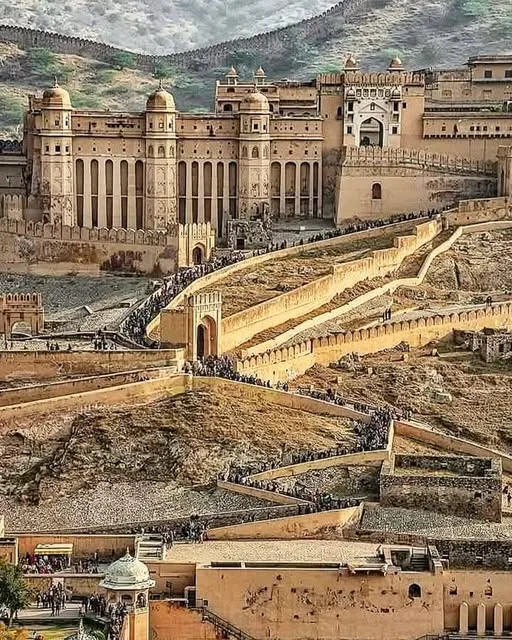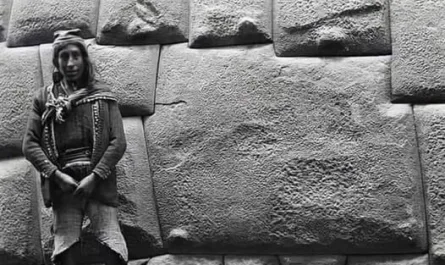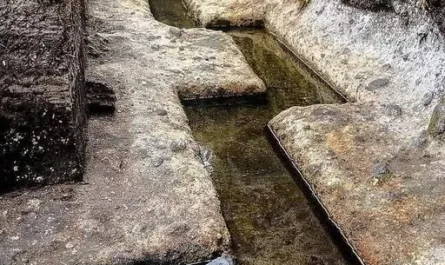The Amber Palace, also known as Amber Fort, is an awe-inspiring architectural marvel perched in the quaint town of Amer, just a short distance from the vibrant city of Jaipur in Rajasthan, India. Constructed in 1592 under the patronage of Raja Man Singh I, a prominent Rajput ruler and trusted general of Emperor Akbar, this royal palace complex stands as a testament to the region’s rich history and the seamless fusion of Hindu and Mughal architectural influences. As of 10:48 AM +07 on Saturday, July 19, 2025, this historical treasure continues to draw visitors from around the world, offering a glimpse into Rajasthan’s regal past amidst breathtaking natural surroundings.

A Historical Masterpiece with Royal Roots
The Amber Palace’s story begins in 1592 when Raja Man Singh I envisioned a fortified residence that would also serve as a symbol of Rajput power. Strategically located on a hill in the Aravalli range, the fort was initially designed for defense, with its elevated position providing a commanding view of the surrounding plains and the serene Maota Lake below. Over time, it evolved into a luxurious royal residence, housing generations of Maharajas and their courts. The palace played a pivotal role during the Mughal-Rajput alliance, reflecting a period of cultural exchange and military cooperation. Its historical significance is further enhanced by its use as a summer retreat, where the royal family escaped the scorching desert heat.
Architectural Brilliance: A Blend of Cultures
The Amber Palace is a masterpiece of architectural synergy, blending the intricate detailing of Hindu temple architecture with the grandeur of Mughal design. The fort’s walls, constructed from locally sourced red sandstone and complemented by white marble accents, rise across four distinct levels, each adorned with a meticulously designed courtyard. The use of these materials not only ensures the structure’s durability but also creates a striking visual contrast that shifts with the sunlight. The architecture features ornate jali work (intricate lattice screens) that allow for ventilation while maintaining privacy, domed ceilings inspired by Mughal influences, and elegant arches that frame the courtyards. The Ganesh Pol, a beautifully decorated gateway, welcomes visitors with its vibrant frescoes and inlaid mirrors, setting the tone for the opulence within.
Exploring the Key Attractions in Detail
The Amber Palace is renowned for its diverse and exquisitely crafted interiors, each section offering a unique insight into royal life. The Diwan-i-Aam, or Hall of Public Audience, is an open pavilion supported by intricately carved pillars, where the Maharaja addressed his subjects and held public darbars (courts). The double row of columns, adorned with floral motifs, reflects the craftsmanship of the era. Adjacent to it, the Diwan-i-Khas, or Hall of Private Audience, is a more intimate space where the king met with advisors and foreign dignitaries. This hall is embellished with mirrors, colorful paintings depicting royal hunts and battles, and delicate gold leaf work, creating an atmosphere of regal splendor.
The Sheesh Mahal, or Mirror Palace, is perhaps the most iconic feature, with its walls and ceilings encrusted with thousands of tiny mirrors arranged in intricate patterns. When lit by candles or the morning sun (as seen at 10:48 AM +07 today), the room transforms into a dazzling spectacle of reflected light, evoking the luxury of a starlit sky. The Sukh Niwas, or Hall of Pleasure, showcases the ingenuity of Rajput engineering with its network of water channels and fountains. These features, fed by an ancient irrigation system, circulate cool air throughout the hall, offering relief during the hot summer months. The surrounding gardens, though modest, add to the serene ambiance with their manicured layouts and seasonal blooms.
Cultural Heritage and Scenic Surroundings
The Amber Palace is enveloped by the rugged Aravalli hills, which provide a dramatic backdrop and enhance its majestic presence. The fort overlooks Maota Lake, a man-made reservoir that not only supplies water but also mirrors the palace’s reflection, especially during the early morning hours like now at 10:48 AM +07. This scenic setting is enriched by the region’s cultural heritage, with the palace serving as a repository of Rajput traditions, folklore, and artistry. The sound of temple bells from nearby shrines and the occasional call of peacocks roaming the grounds add to the authentic experience. Since its inclusion as a UNESCO World Heritage Site in 2013 as part of the Hill Forts of Rajasthan, the palace has gained international recognition for its historical and architectural value.
Visitor Experience: A Journey Through Time
As of 10:48 AM +07 on July 19, 2025, the Amber Palace buzzes with activity as visitors ascend the hill. Many opt for the traditional elephant ride or a jeep, both offering a thrilling approach with sweeping views of the fort’s ramparts. Once inside, guided tours bring the history to life with detailed narratives about the Rajput warriors, royal weddings, and the palace’s role in regional politics. Local artisans and performers, dressed in traditional attire, often showcase folk dances and music, adding a vibrant cultural layer. The early morning visit is ideal, with the cool breeze and golden light illuminating the sandstone, though the site remains accessible throughout the day with shaded areas for comfort.
Practical Tips and Modern Relevance
Visitors should wear comfortable shoes for the uneven terrain and carry water, especially as the day warms up. The palace is open from 8:00 AM to 6:00 PM, with an entry fee that supports its maintenance. Photography is permitted, allowing you to capture the mirror work and courtyards, though tripods may require special permission. Today, the Amber Palace also serves as a cultural hub, hosting occasional exhibitions and events that celebrate Rajasthan’s heritage, ensuring its legacy endures for future generations.
Conclusion
The Amber Palace is more than a historical monument; it is a living embodiment of Rajasthan’s regal past, architectural genius, and natural beauty. From the reflective glory of the Sheesh Mahal to the cooling ingenuity of Sukh Niwas, every corner tells a story of resilience and splendor. As you stand on its ramparts at 10:48 AM +07 on this July day, the panoramic views and rich heritage make it an experience that resonates deeply, inviting you to delve into the soul of India’s royal history.





